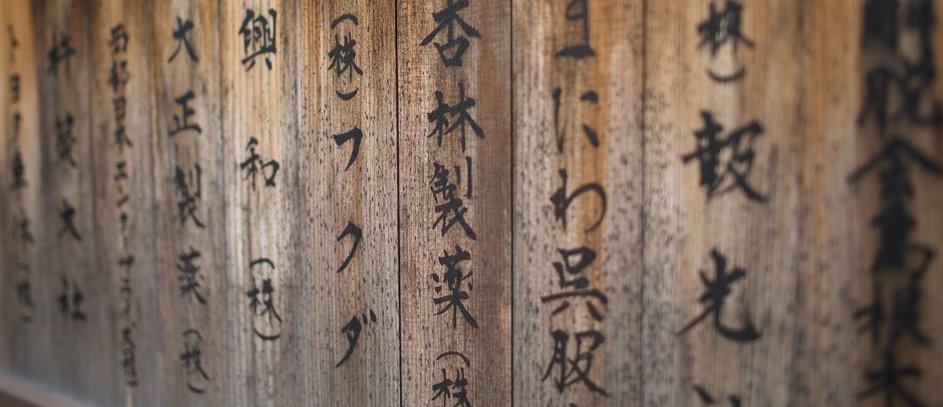Japanese burned wood, also called Shou sugi ban, has been enjoying increasing popularity for some time. This ancient Japanese technique has been rediscovered and reinvented to achieve some nice results, although modern interpretations deviate from the practical advantages of the original intent of the technique. While it certainly produces a beautiful aesthetic, japanese burned wood may have some concerns. We will examine some of these complications and figure out how to eliminate them so that you get the great impression of the Shou Sugi Ban method without adverse effects.

What is japanese burned wood?
Dating back to the 18th century in Japan, Shou Sugi Ban is a particularly eye-catching method of preserving wood by burning it with fire. Traditionally, this practice is used with Japanese cedar to make it weatherproof. The wood is burned until the surface is charred, and then coated with natural oil. The result is a scorched finish with a magnificent color in anthracite. Depending on the type of wood and the intensity of the combustion, the surface of the wood can assume a cracked or alligatoric skin. Traditionalists use only Cryptomeria japonica or Japanese cedar, as it absorbs the heat for deep combustion, resulting in pest, rotting and fire resistance as well as natural water-repellent and sun protection. Interest in banning Japanese burned wood, especially in the West, has led many to try out the method on a variety of wood species. Often, however, these other types of wood do not cause deep burn-off, and the charred top layer erodes and leaves an undesirable appearance, while at the same time bringing with it the pest, fire and weatherproof properties. Japanese burned wood is known for its deep black color. However, a less extreme method is often used for aesthetic effects in places like America, where the technique has been spreading recently. This more moderate form of Shou Sugi Ban produces burnt wood without completely turning the wood black. Combined with a stain, this moderate shape can give a colorful appearance.
The complications of authentic japanese burned wood
The actual appearance of the wood treated with Shou Sugi Ban is wonderful, but there are some risks and complications associated with the process and the final product. Firstly, there are practical complications. The wood surface can burst and reach floors, surfaces and clothing. This can lead to clutter if it is not checked both during installation and after the room is. These charred parts could be chased in a building or even inhaled by people in a room with Shou Sugi Ban. It is also worth noting that traditionalists say that japanese burned wood is not a method that can be applied to any type of wood. Japanese cedar, the wood of choice for Shou Sugi Ban, responds in a unique way to heat that other woods do not have. So if you’re looking for the protective benefits of Shou Sugi Ban, there are few other species than the Japanese cedar that can deliver them. Although japanese burned wood can technically be used for any wood, the effect is not the same, making it difficult to achieve a stunning, durable appearance.